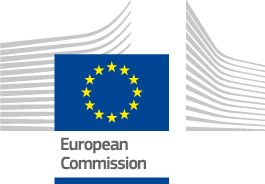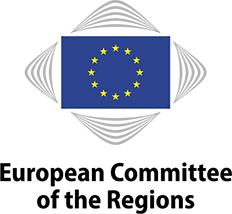
What comes up to your mind when you hear Cohesion policy? Does it sound familiar at all?
If not, do not worry, you’re not alone. Indeed, as reported by the 2019 Eurobarometer, it turns out that a very small part of the population of our Union is informed about such a major strategy for the development of the Regions and Cities in Europe. That’s why since April 2019 there exists a project which is trying to make a difference and show us why Cohesion Policy is crucial to our everyday life.
Together4Cohesion is a communication campaign whose major role is to raise awareness around all projects sponsored by Cohesion Policy. Brigit Sandu, a member of the Assembly of European Regions, explained everything about the project last Wednesday during one of the many events that are currently taking place in Brussels for the 18th European Week of Regions and Cities. The session presented all of the steps that led to the development of the project, its reached goals, the challenges faced by the coordinators of the campaign and, of course, taught us once again why Cohesion policy is so important.
Who, What, Where, When, Why?
These were the questions Brigit Sandu tried to answer not only during her presentation, but also in the devolpmente of the project as a whole. AER united for this project with the Media Consulta group - a German-led international communications agency network. Their cause, as simple as it sounds and as difficult to be made, was to raise awareness around Cohesion policy, help citizens see the positive results of it in their Region and to empower them to contribute to the future of Cohesion Policy.
The regions Together4Cohesion focused on are: Catalonia (Spain), Trentino (Italy), Alba and Timis (Romania), Varazdin (Croatia) and Csongrád (Hungary). The media campaign has run since April 2019 and even though it was supposed to wrap up on July 2020, Brigit Sandu said that it’s still continuing in our days as well.
What we should focus on is then:"Why? Why was this campaign created and why is it so crucial to be informed on it?"
As being said already, the Eurobarometer shows that more than half of the population of the EU isn’t informed about the positive effects of the Cohesion policy. One of the main goals of Together4Cohesion is to make citizens realise they are a part of the main players in the dialogue of all of the policies for their region and to encourage their participation in the communication between the institutions. The second - but more important - purpose is to raise the awareness of the importance of knowing what EU is doing in your city and to understand its crucial importance for the development of the region, not only to see the Organization as some kind of an endless bureaucratic money giver, but to see it in a more human perspective.
The power of (social) media
Both AER and MC, driven by the idea of informing as many people as they can, decided to concentrate on traditional and social media at the same time. Brigit Sandu gave us concrete examples of the achievements of the project in this field so far. 1 TV Series, 1 short TV movie, 11 local visibility events, more than 70 projects showcased on and many videos and articles were put through social media. With these many projects running, Together4Cohesion managed to reach more than 18.5 million people on a whole and created a strong network and sharing the content of the campaign – always paired with its hashtag. Traditional media gave the chance of the campaign to reach its main target which were people between 35 and 60 years. However, social media also managed to bring Cohesion policy closer to the youth of the EU.
What is done vs what is known… and what is next
“Together4Cohesion put the spotlight on one main problem: a lot is done, little is known" Sandu argued. The main result is that now Coehesion Policy is becoming more and more known within the EU . However, there’s still more to be done and that’s why Together4Cohesion is far from over. And until Cohesion policy is still that big of an importance for all around the EU, media campaigns must be crucial for the public as well.
by Kristina Dimova (Bulgaria)



